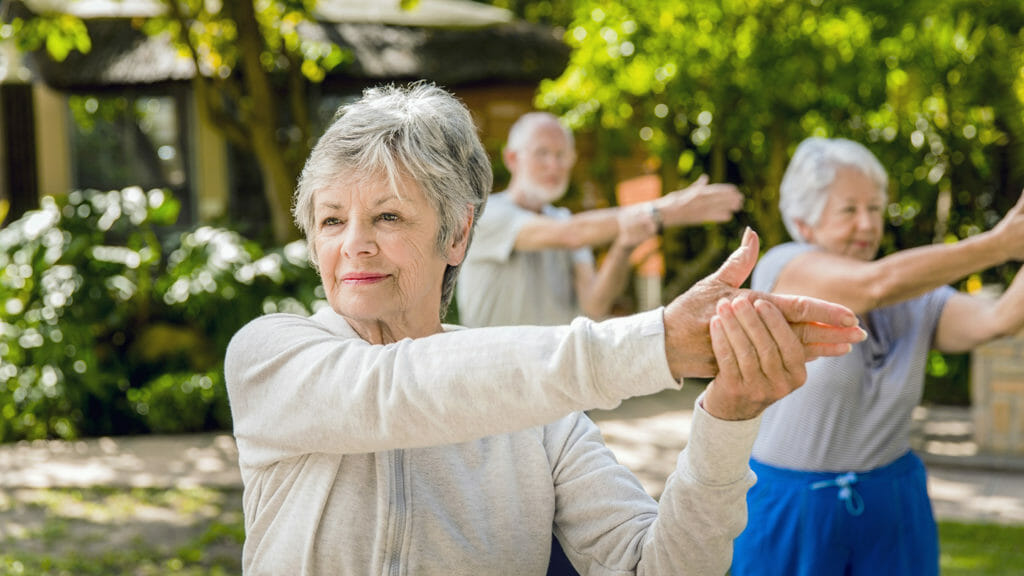

The senior living industry is shifting toward a wellness model to attract residents looking for life beyond care and housing, according to industry thought leaders.
And to help providers commit to a wellness culture that prioritizes resident quality of life, the International Council on Active Aging has released a new report outlining the five stages of change necessary to go “all-in for wellness.”
ICAA CEO Colin Milner told McKnight’s Senior Living that it’s time to move from just talking about wellness “or just putting our toes in, with a lack of commitment, to going all in with wellness no matter where we are on our journey.”
“That is not saying to go from zero to 100 miles per hour all at once,” he added. “It is taking the necessary steps to go all in as you move from one stage of your wellness journey to the next.”
Wellness, according to an ICAA report released last summer, is guiding updated approaches to an industry recognizing longer health spans, longer work lives and aging adults seeking active lifestyles.
The philosophy of wellness, according to the ICAA Forum, intertwines all areas of life, including food and beverage options, social encounters, healthcare, fitness, lifelong learning, package delivery and interactions.
“It always goes back to mission,” Milner said. “If the purpose of a senior living community is to provide housing and services, then wellness is integral to that purpose.”
Although maintaining occupancy is a key metric for senior living, Milner argued that prospective residents are looking for a wellness lifestyle.
Because every community is at a different starting point, the ICAA Forum “Going all-in for wellness” report provides a roadmap for organizations to transition to a wellness culture that supports a wellness lifestyle. The forum on which the report is based included representatives from life plan / continuing care retirement communities; independent living, assisted living and memory care communities; and active adult properties.
For organizations that have no awareness of wellness as a business strategy, Stage 1, or precontemplation, encourages operators to assess their values and future positioning through environmental assessments of the industry and prospective residents.
Once a wellness culture is considered a way to help move an organization forward, Stage 2, or contemplation, involves writing a wellness vision statement and completing a wellness feasibility study.
From there, Stage 3, preparation, includes planning the steps to create a wellness culture. That means bringing all levels of leadership on board and including wellness in an organization’s strategic and business plans. Creating a wellness playbook can help guide staff, managers and executives on how to emulate a wellness culture.
The action and maintenance stages, Stages 4 and 5, mean rolling out the plan, monitoring results and tweaking as necessary to encourage acceptance.
Milner said that COVID-19 delivered many lessons to the senior living industry, including its ability to “move rapidly and institute big changes.”
“Siloes structures collapsed, innovations flourished, and everyone had to think differently to maintain the quality of life of residents,” he said. “The thought leaders at this forum outline actionable, scalable strategies every community can use to fully commit to a wellness-centric community at every stage of development.”
The ICAA in the fall launched a new audit tool to help organizations identify their wellness-related strengths and weaknesses.
The new report is available on the ICAA website.


